Friday 16th June – Provisioning in Terempa
Woke to another blistering hot, sunny morning and breakfasted on tiny sweet bananas while listening to the radio. We’ve resolved to download some podcasts of favourite shows for future long passages with no internet. Muslim shops and businesses tend to either close early or remain shut on Fridays so we went to town mid-morning to see about acquiring more water and fuel for the journey. Two very helpful ladies from a roadside stall near the mosque were advertising diesel for sale, and arranged to deliver it to the boat the next morning. After that we bought a case of soda water and orange juice, but all our enquiries about where to get water for the tanks proved unsuccessful. Luckily, an Indonesian man employed as crew from another yacht happened to overhear us as we bought two huge plastic water containers and offered to translate Paul’s request to one of the harbour staff. While Paul filled the containers from inside the ferry terminal, I chatted to the guy. He told me he was from Bali and that it was his first visit to Terempa, too. When I asked what he thought of it, he replied that he wasn’t too sure what to make of the place. Probing a little, I got the impression that he’d expected them to be a bit more developed. While loading the water into the dinghy we met the couple anchored next to us who were collecting water they’d ordered for their tanks so we were able to arrange a delivery with the same guys. A highly successful morning all in all.



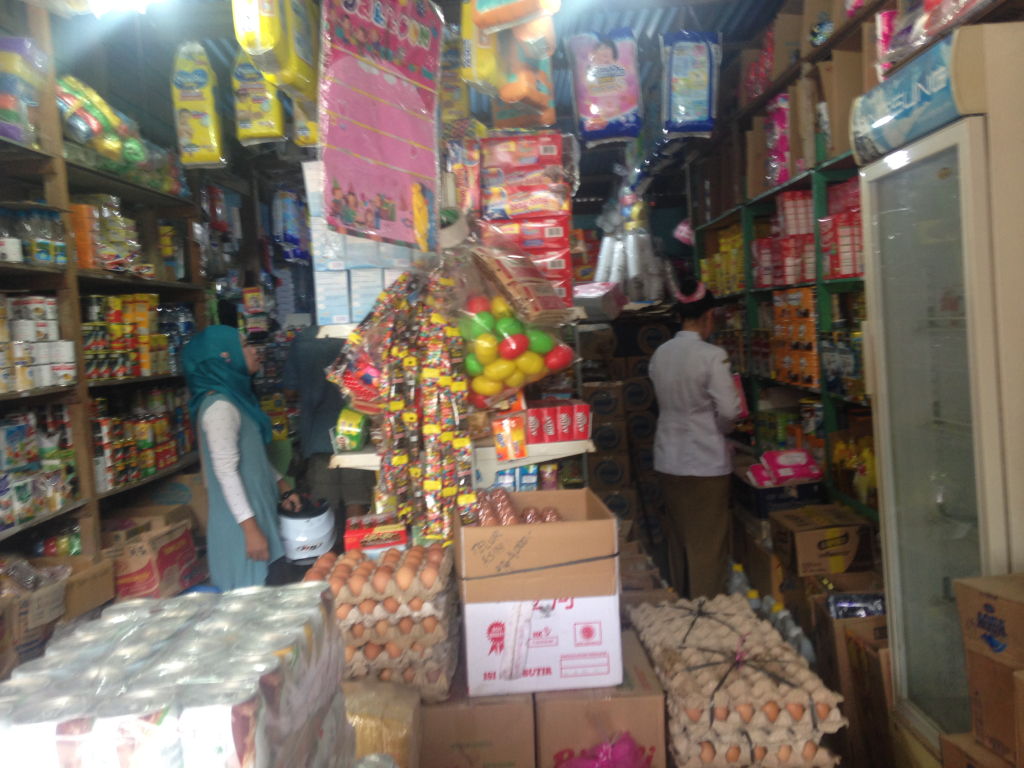
When we got back to the boat, it began to rain heavily and Paul caught more water from it – he’s still figuring out how to devise the most effective construction for the purpose. In the spirit of this ‘good life’ lifestyle we seem to be adopting, I got on with baking more bread. I blame the old packet of yeast I used, but it wasn’t a success – it was so heavy and hard, it could have put a hole in the boat if dropped. Back to the breadboard then – I’ll keep trying.
Saturday/Sunday 17th&18th June
In order to drown out the loud wailing and shouting of prayers last night, I plugged my earphones in and listened to The Archers on my phone…I bet there aren’t many people who have put that in a sentence!
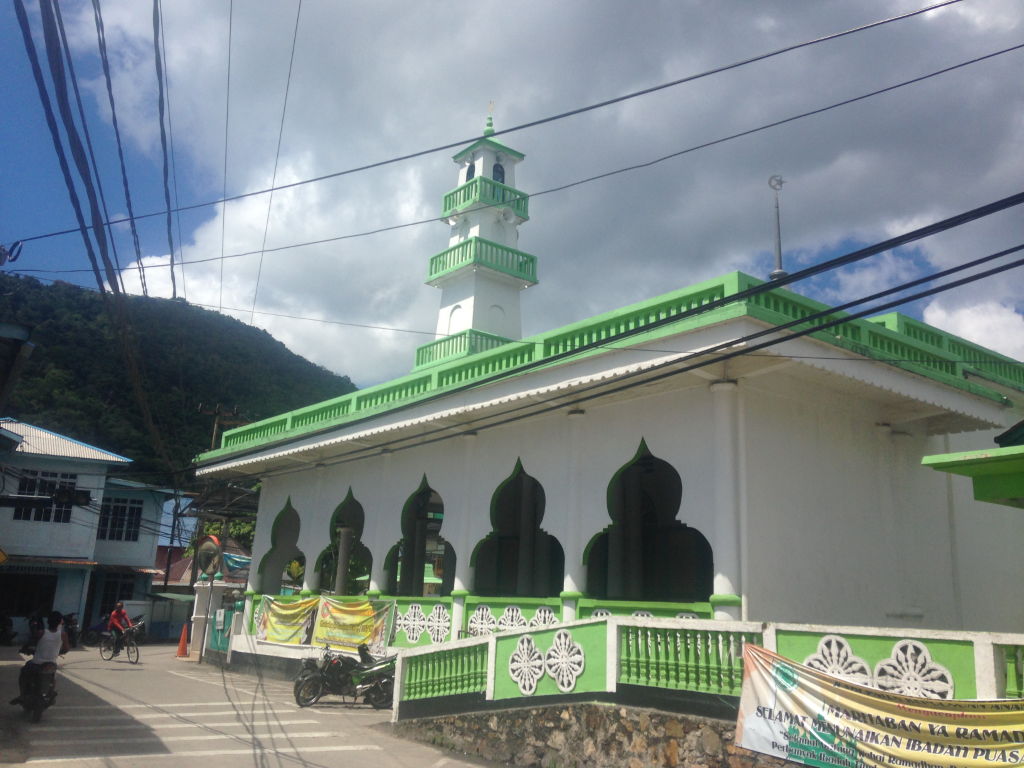
The diesel arrived bang on time at 10am and while the tanks were being filled I was able to indulge in the luxury of washing my hair now that water is in the tanks. That’s not as bad as it sounds – going for long periods without washing hair. I have it in a ponytail most of the time and there’s no requirement to look one’s best here 🙂 Humidity and sea water soon make a mess of long hair so I know why bandanas and scarves are so popular with female sailors. I made more bread, which came out really well this time despite using too much water due to one of the measuring jugs being way out with its cup levels. The boat was covered in sticky dough and flour and took me ages to clean it all up but it tasted gorgeous. It toasted well the next morning too, and we have a tiny freezer so one loaf was stored in there. We didn’t do much on Sunday apart from listen to the radio and catch up on internet stuff.

Monday 19th June – Departing Terempa – attempt fouled and getting stuck on rocks!
Up early and off to the market for the final shop and to check out of Indonesia before our departure. We were out by 9am on a cool, fresh and overcast morning. Our first stop was the fish market so that Paul could have a fresh fish for dinner. The picture doesn’t show him with the fish he bought which was put into a small bag with its tail poking out of the top – it looked so funny.
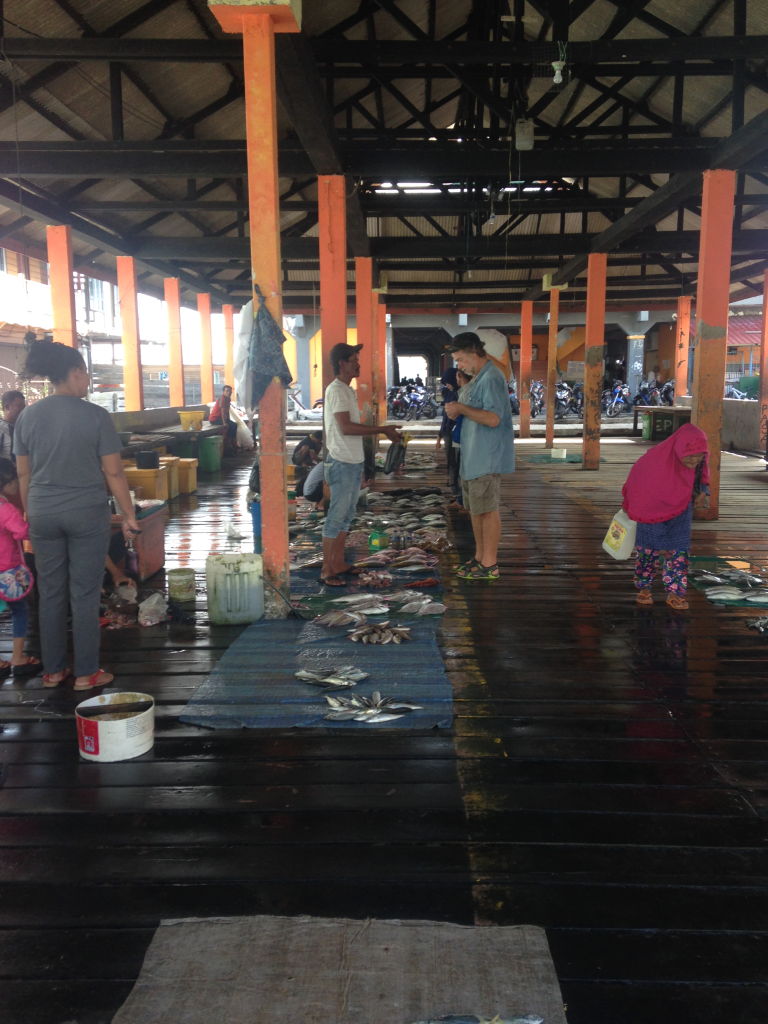
We then made our way towards the immigration and customs area for the usual bureaucratic process and lots of waiting around. Humidity had increased by the time we emerged to continue shopping and it’s hard to concentrate in the heat and crowded pavements. This way of shopping – with the language barrier, all the traders gesturing and beckoning, and talking at once while brandishing various produce at you – just adds to the stress. It’s particularly hard in the market where you have to select your produce, hand them all to the vendor, ascertain the cost, get money out while balancing bags, purses and reading glasses. All this in narrow, crowded hot alleys, being jostled and nudged while customers and traders are staring and blatantly curious. At one point I felt like a living exhibit in a performance art production and was close to bursting into tears. One stallholder, noticing my discomfiture asked where I was from, engaged me in conversation and said I must miss my family. He was so kind, I soon regained my composure.
We won’t have another chance to shop for quite a while so I’m going to have to be creative with what we’ve managed to accrue. We went back and forth to the dinghy with our stashes and on one trip, discovered that the rope Paul had tied the dinghy to the wall with had shifted with the tide and moved the dinghy so that it was inaccessible. This part of the jetty is always full of people waiting for their lifts back so it wasn’t long before Paul was able to hop on one of these to get to the dinghy – it provided a bit of entertainment for the people watching anyway.
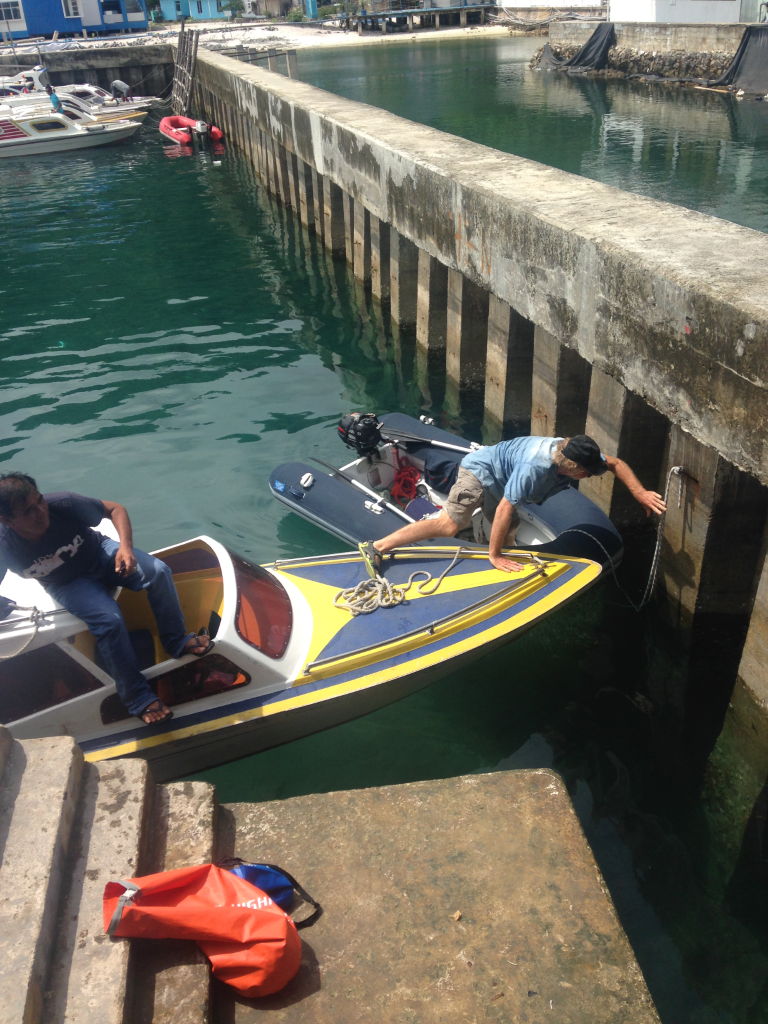
A few more trips and we were all done. It was a relief to get back to the boat and prepare to leave, until we discovered that we were stuck! The anchor had either lodged under a rock, or the chain had wrapped around one. We tried a few tactics to free it but to no avail. Seeing our predicament, a guy from a neighbouring catamaran came over and told us he might be able to help by diving down tomorrow. Hearing this, we switched the engine off and prepared to stay another night. An hour or so later, however the guy returned with his diving gear and a friend, all set to free us. It took a few goes, with all four of us playing a part but we were free by 5pm. It was too late to go very far by then but we needed to anchor somewhere away from the coral and rocks. I was all for going further out of the bay but Paul thought it would be a good idea to try the bay around the corner. So off we went, and it did look nice there. It also looked like it was about to rain and was getting steadily darker so I was keen to get settled. We motored around a bit, chose a likely spot…and got stuck on a rock again! Thankfully we were able to free ourselves without the use of a diver and returned to Terempa Bay before it got fully dark. We anchored in 18 metres of water and crossed our fingers that it wasn’t on rock.
Tuesday 20th June To Temburun
It’s been the coolest temperature since I arrived in Asia almost a year ago. Rain showers continued throughout the night and when we opened the windows early this morning, a fresh breeze wafted in that almost verged on the chilly side…but not quite. Paul had some programming work to finish so we had a leisurely morning until we felt the anchor jolt, and sure enough, it was stuck on rock again. Hoping against hope that we wouldn’t have to call on the guy from the catamaran again, I was relieved to hear Paul shout that we were clear and very thankful to be leaving that particular anchorage. We were heading for Temburun to see the waterfall there, described as magnificent and spectacular in the guide book given to us at the tourist board event. It’s at its best after lots of rainfall so that box had been well and truly ticked. The description goes on to say that the running water looks ‘graceful’, and that the clear water is like a ‘snow-melt flowing in between black and brown stones’ which I thought quite bizarre in a country that isn’t likely to see any snow. The attraction is narrated in a similar quaint manner that can’t fail to raise a smile (and not in a sneering way). It’s rather cute:
This waterfall charm more obvious when you’ve climbed. To arrive at the location, exactly in the middle of the waterfall, you have to climb staircases on the rugged hill, located on the left side of the waterfall. Tired enough to ride…but when you reached there you will treated by its exquisite view and the cool atmosphere around it. Its clear water is just like chasing each others, flowing without pause, through the cavities of various form and size of the stones. At certain points, the flow comes down to a natural pond that a quite wide sizes. Translucent greenish. It’s tempting anyone to jump and immediately tasted its cool sensation.
The passage to get there was potentially hazardous because we had to traverse the shallow coral reefs but it went well much to my relief, and we anchored in 14 metres of water at 1pm. The waterfall was visible from our spot. Rivulets of water running down the brown rocks as opposed to torrents and we could see the steps (staircases) when we looked through the binoculars. The village itself looks a bit like the Muslim village we went to in Thailand in that the small dwellings are on stilts with wooden walkways. The visit would wait until the following day however. I had bread to bake and soup to make while Paul made the most of the internet connection in case we lose when we move further on.
Wednesday 21st June – Waterfall in the rain
Just as we were about to set off to go ashore, a squall arrived so we had to wait for it to abate. I had a go at steering the dinghy across to the jetty in a fine drizzle of rain. I got the hang of it eventually – Paul thinks it will be handy for me to know what to do in case I need to rescue him at any point! A fisherman tying his boat to the jetty nodded and smiled as we approached and Paul asked him if it was ok to leave our dinghy there. As he tied it up, I noticed that our arrival had attracted the attention of other villagers. Faces appeared in some of the windows and two pretty little girls were waving frantically from one of them. They were delighted when we waved back. It was so quiet in this village after the hustle and bustle of Terempa. There were the usual motorbikes riding around but not as many. It is without doubt the most remote place I have ever been to. Visualised on a map, it’s little more than a speck among the tiny group of Anambas Islands – themselves a fair way out from the mainland of any country. Tourists are rarer in these parts than in Terempa, obviously. The people here stared at us but it seemed less intense somehow. I had the feeling they were just pleased to see visitors.



We asked a young boy via a series of gestures whether we were going the right way to the waterfall and he nodded eagerly and pointed to the pathway. The rain had stopped and it felt very humid again. It was also wet underfoot and I hoped it hadn’t brought out any millipedes or leeches. We soon found the steps that led up to the falls and I jumped when a lime-green lizard scurried across the path and into the ferns. That was one creature I wouldn’t have minded having a closer look at. The climb was easy enough although parts of the steps next to the waterfall itself were a bit difficult to negotiate in flip-flops.

The rainfall had increased the flow of water and it was worth the climb but we could only go half way because the steps ended there. Paul thought the way to the very top might have been via a main road but it was too hot to double back and we could see the top anyway. The view was impressive enough from where we were and we took a few pictures.
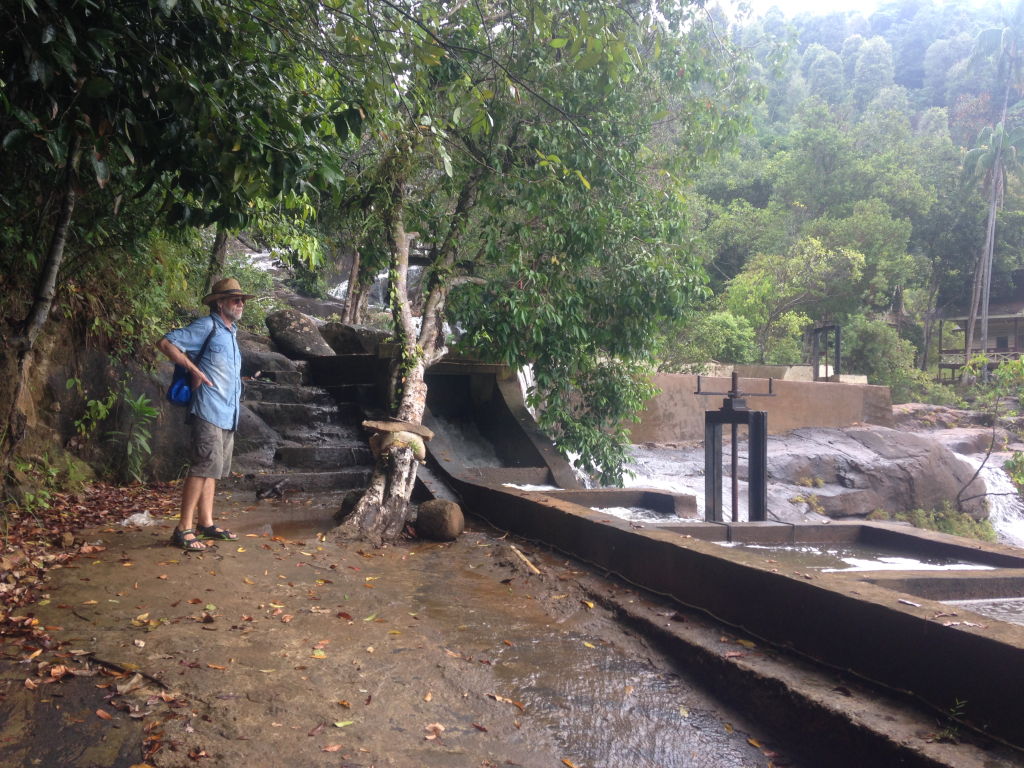
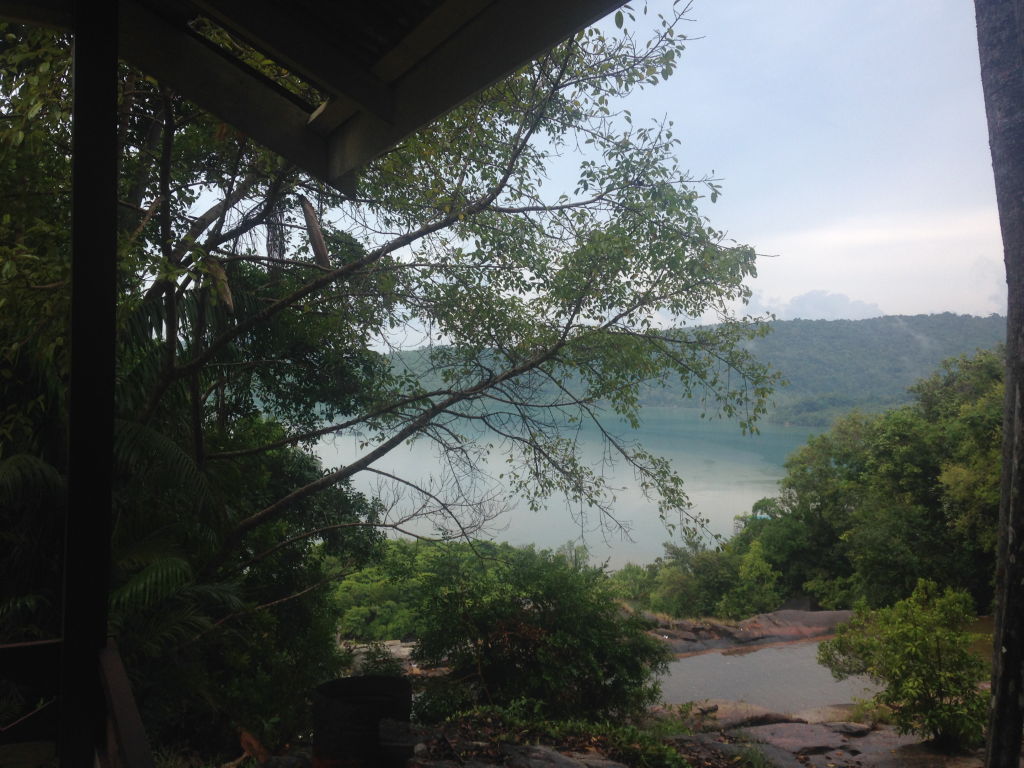

The halfway point had some dilapidated buildings that looked as if they had once been destined to form some kind of visitors’ centre but either the money or enthusiasm for it had waned and the idea had been abandoned.

We ambled slowly back down to the village and walked its length, taking lots of pictures of its remarkable waterside dwellings. All along the walkway, people came out or looked out to view the foreigners in their midst. It’s probably the nearest I’ll ever come to feeling like a VIP. One man insisted that Paul stood right in front of him on his porch while he shook his hand and asked the customary ‘where you from?’ I wished that the guide book had devoted some space to some information on the village rather than pages of lofty language on the waterfall. Halfway along, the concrete path turned to a decidedly rickety wooden one, with areas of rotten wood and gaping holes. The thought of falling into the creature-laden and swampy mud below was terrifying enough to keep me looking down almost constantly. Most of the houses have fish cages outside and there were several chickens and roosters strutting around. Paul pointed out their sources of water and electricity, and they would use gas bottles for cooking. Rubbish is burned and we presumed that sewage is emptied straight into the sea, as there is no obvious plumbing.
It began to drizzle again as we retraced our steps back to the dinghy. As we pulled away, I wondered several things: whether I was the first (and only) person from Swindon to set foot in that village, what the place had looked like 50 or a hundred years ago, and perhaps more importantly what it will look like in the future. Lots of pictures follow below in an attempt to capture the remote and thought-provoking beauty of Temburun.






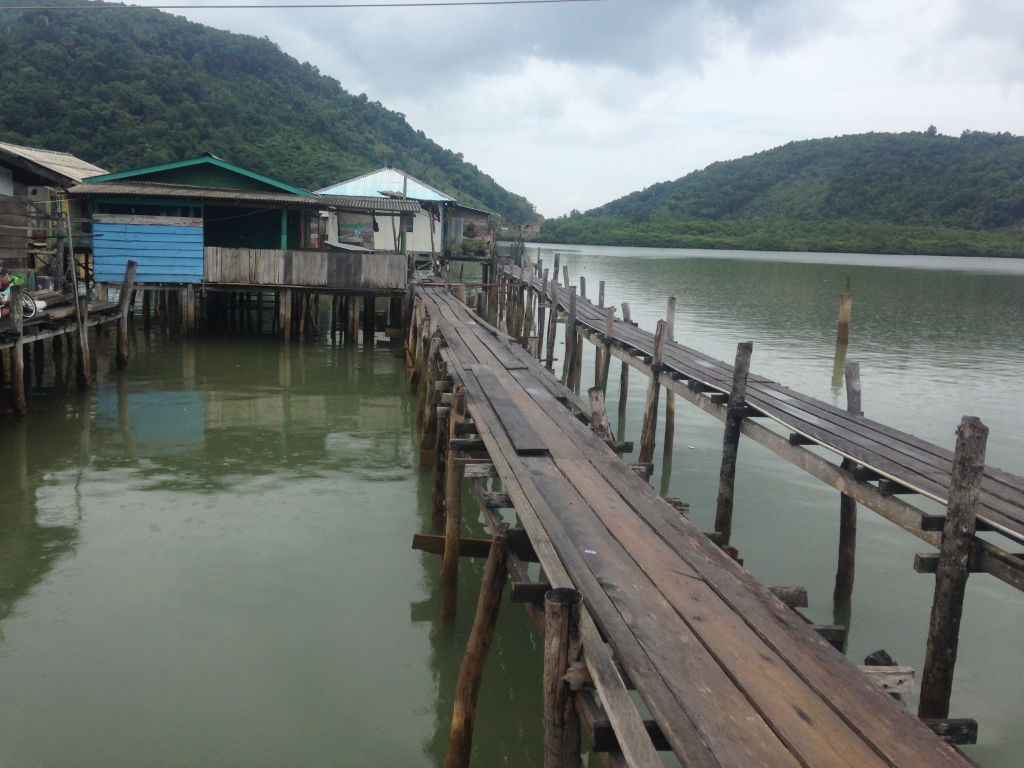
Kathy
